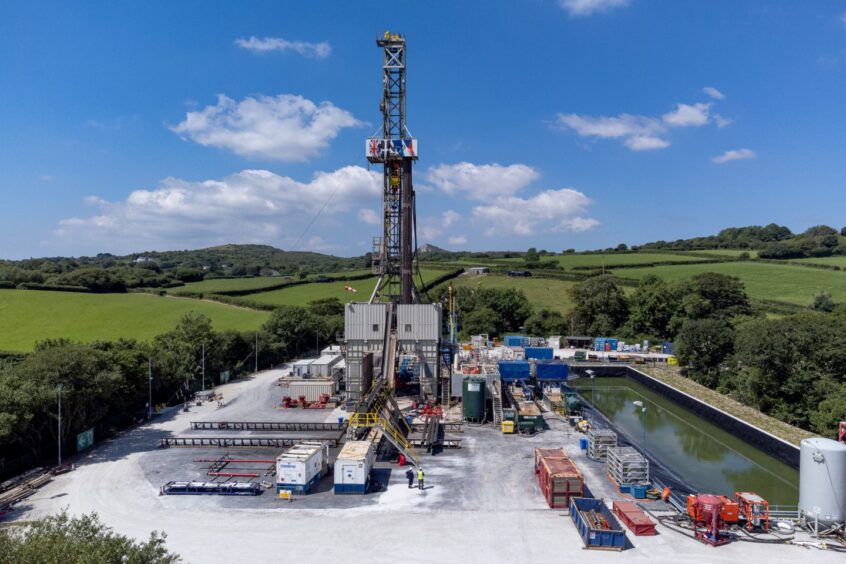
As the UK seeks to move away from fossil fuels to a renewable energy future, the geothermal sector is aiming to position itself as a key transition opportunity for the oil and gas supply chain.
Geothermal energy proponents say the sector could one day support 50,000 jobs in the UK, with significant potential benefits for former coal mining regions.
To make this vision a reality, a group of geothermal research organisations launched the National Geothermal Centre (NGC) in June.
Backed by Aberdeen’s Net Zero Technology Centre (NZTC) and Durham University, the NGC will seek to promote geothermal as a decarbonisation opportunity.
National Geothermal Centre targets
Speaking to Energy Voice, newly appointed NGC chief executive officer Dr Charlotte Adams said the centre wants to see the UK set ambitious targets for geothermal energy.
This includes 2050 targets of 10 GW of geothermal heat and 1.5 GW of geothermal electricity.
While this may seem modest compared to the 140 GW of offshore wind the UK is aiming to deploy by the same year, Dr Adams said the targets are “an order of magnitude” above current geothermal capacity.
Geothermal currently provides less than 0.3% of UK heat demand, with around 816 MWth in installed capacity in 2022 mainly from ground source heat pumps.
Meanwhile, the UK currently produces no geothermal electricity, although that will change later this year when the first 3 MW project comes online in Cornwall.
Geothermal as a transition opportunity
Dr Adams said producing electricity from the deep geothermal project will be a significant milestone in proving the sector’s potential in the UK.
“Most of the UK geothermal resource is geared towards heat production, but actually showing that in some places power generation is possible, I think will be a bit of a game changer because that hasn’t really been done [before],” Dr Adams said.
“Normally when you think of geothermal electricity, you might think of New Zealand or somewhere with much higher temperatures.”
Dr Adams pointed to the “huge” oil and gas supply chain, particularly in Aberdeen, and said there is a “wealth of expertise and experience that we can use for geothermal”.
“If we can use some of that technology, or improve it to make drilling quicker, that then reduces the time you spend on site and can considerably reduce the cost of doing a project,” she said.
“It’s certainly a transition opportunity, both for the oil and gas industry and also for people involved in drilling water wells, because that’s quite similar technology as well.
“A lot of the exploration techniques that have been developed for oil and gas can be very valuable to help de-risk geothermal, so there’s definitely lots of opportunities there.”
The UK also has considerable capabilities in geothermal research it can exploit.
“We have a lot of academics working in geothermal, there’s around 17 universities across the UK doing research of one kind or another,” Dr Adams said.
“There’s some really good opportunities for people within the supply chain who are developing technology to work with academics and work on the incubation of that technology.”
Unlocking geothermal potential
Dr Adams said the UK benefits from having a wide range of different geothermal resources, from granite and hot sedimentary aquifers to abandoned mine sites and oil and gas infrastructure.
The higher residual heat of granite provides particular opportunities for regions in the North East of England and Scotland, including the Granite City itself, to benefit from geothermal.
And while the UK does not have the same high temperature geothermal resources as volcanic hotspots like New Zealand, Italy and Iceland, there are still opportunities to emulate their success.
“There’s a lot to learn from the countries that do have those resources and develop them, because obviously, if we can drill deeper, we can access higher temperatures as well,” she said.
Even without these higher temperatures, Dr Adams said investing in research can improve the efficiency of geothermal power production at lower temperatures.
“If we can improve the technology, that does then unlock more resource for geothermal electricity production as well,” she said.
With continued improvements, existing geothermal heat projects could one day be retrofitted for power generation.
Iceland geothermal research
Even countries with abundant high temperature geothermal resources are investing in research, targeting deeper wells and hotter temperatures.
In Iceland, where geothermal energy provides heat to 90% of homes and up to 25% of electricity demand, researchers will soon drill to new temperature extremes as part of a push to generate power from volcanic magma.
The Krafla Magma Testbed (KMT) will see Iceland drill two wells into a volcanic caldera in the north of the country. The team will install magma monitoring equipment into one well, while the other will be used to explore the potential for super hot geothermal power production.
The project came about in 2009 after local firm Iceland Drilling inadvertently drilled into magma at a depth of 2km while drilling new wells for the Krafla geothermal station.
Tests on the well revealed it produced 10 times more power than other nearby wells, with exponential growth in energy density the closer they drilled to magma.
In progressing the KMT, Iceland has tapped firms like Equinor and NOV, showcasing the potential in utilising oil and gas supply chains to support geothermal.
While the UK may not have any active volcanoes to drill into itself, deeper drilling can allow more regions to tap into geothermal energy.
Oil and gas impact on geothermal
But Iceland Drilling business development manager Bruce Gatherer said the geothermal industry also faces challenges as a direct result of the oil and gas sector.
“Oil and gas of course has much deeper pockets, and as the industry starts to ramp up again [globally] they are going to start pulling a lot of experienced people back into the oil and gas industry,” he said.
“They can afford to offer far higher salaries than geothermal, and for me that’s one of the risks going forward.
“We are going to potentially lose a lot of good people that have experience in geothermal.”
Gatherer said the oil and gas sector also competes directly with geothermal companies for drilling rigs.
“In Europe, it’s already starting to look like there’s a shortage of drilling rigs as the oil and gas industry starts to pick up and they’re offering far higher rates,” he said.
“Drilling contractors, like any other business, are there to make a profit.
“The oil and gas contracts tend to be up to three years long, whereas geothermal projects can only offer one or two months.”
Iceland Drilling chief executive officer Sveinn Hannesson said governments seeking to support the geothermal projects should assist firms with risk mitigation and streamlining licensing processes.
Coal mines hold geothermal potential
Historically, the North Sea oil and gas sector has also had a limiting effect on geothermal investment in the UK due to the abundance of cheap fossil fuels.
But a partnership between Chinese state-owned oil company Sinopec and Iceland’s Arctic Green Energy on expanding geothermal energy shows the potential for oil and gas firms to invest.
In the UK, Dr Adams said geothermal can play a significant role in economically revitalising former coal mining regions by decarbonising home heating.
“There’s 23,000 issues deep coal mines across the UK and about eight out of 10 of our largest towns and cities are over a coal mine,” she said.
“There’s a really good correlation between where the heat demand is and where the resource lies, which isn’t surprising because a lot of the reason those towns are there because of their coal reserves in the first place.”
Gateshead Council recently launched the first large-scale mine water heat network in the UK, benefitting 350 homes.
In Scotland, TownRock Energy is looking to implement similar schemes alongside, alongside using geothermal for energy storage projects and even for harnessing body heat to decarbonise heating and cooling in a Glasgow nightclub.
Offshore geothermal
Firms like CeraPhi Energy are also looking to repurpose onshore oil and gas infrastructure to decarbonise industrial sites and hospitals.
CeraPhi is also exploring using geothermal energy to power offshore infrastructure in the North Sea.
Dr Adams said there is even future potential for geothermal projects to export electricity in a similar way to offshore wind. A recent report found significant potential to exploit vast, untapped geothermal resources below the seabed.
“There’s a lot of synergies between how offshore wind has developed and how the geothermal industry could develop,” she said.
Speeding up testing and deployment of new geothermal technologies forms part of the reason for establishing the NGC, which is also backed by non-profits SHIFT Geothermal and the Reece Foundation, a charitable organisation founded by engineer and businessman Dr Alan Reece to promote manufacturing and support education relating to engineering, maths and physics.
Powering up UK geothermal
As in other renewable energy sectors, Dr Adams said taking full advantage of UK geothermal resources will require a better approach to planning and regulation.
The Environment Agency currently regulates geothermal projects in England, with SEPA overseeing the sector in Scotland and NRW in Wales.
“They currently use existing water regulations designed for mainly for extraction and consumption,” Dr Adams said.
“Geothermal is generally non consumptive most of the water is usually put back underground so we’re kind of fitting it into this existing regulation.”
But any changes to regulation should still allow for innovation and growth.
“[Geothermal] is an embryonic sector. We don’t want to over regulate, because we don’t want to stifle it before it’s even begun,” Dr Adams said.
“But I think streamlining some of the existing regulation and making it more bespoke to geothermal would help, and that is underway by the Environment Agency.”
Additional revenue streams like lithium extraction and green hydrogen production could also help de-risk projects and attract investment.
Dr Adams said the UK should look to develop policies similar to those seen in France, Germany and the Netherlands, which have similar geothermal resources, as well as encourage more investment in district heat networks.
With a new UK government aiming to increase its investment in the energy transition, there could even be a role for GB Energy to play.
“There was mention of supporting energy infrastructure in the King’s Speech, and there’s no reason why some of that energy infrastructure couldn’t be supporting geothermal developments,” Dr Adams said.
Recommended for you


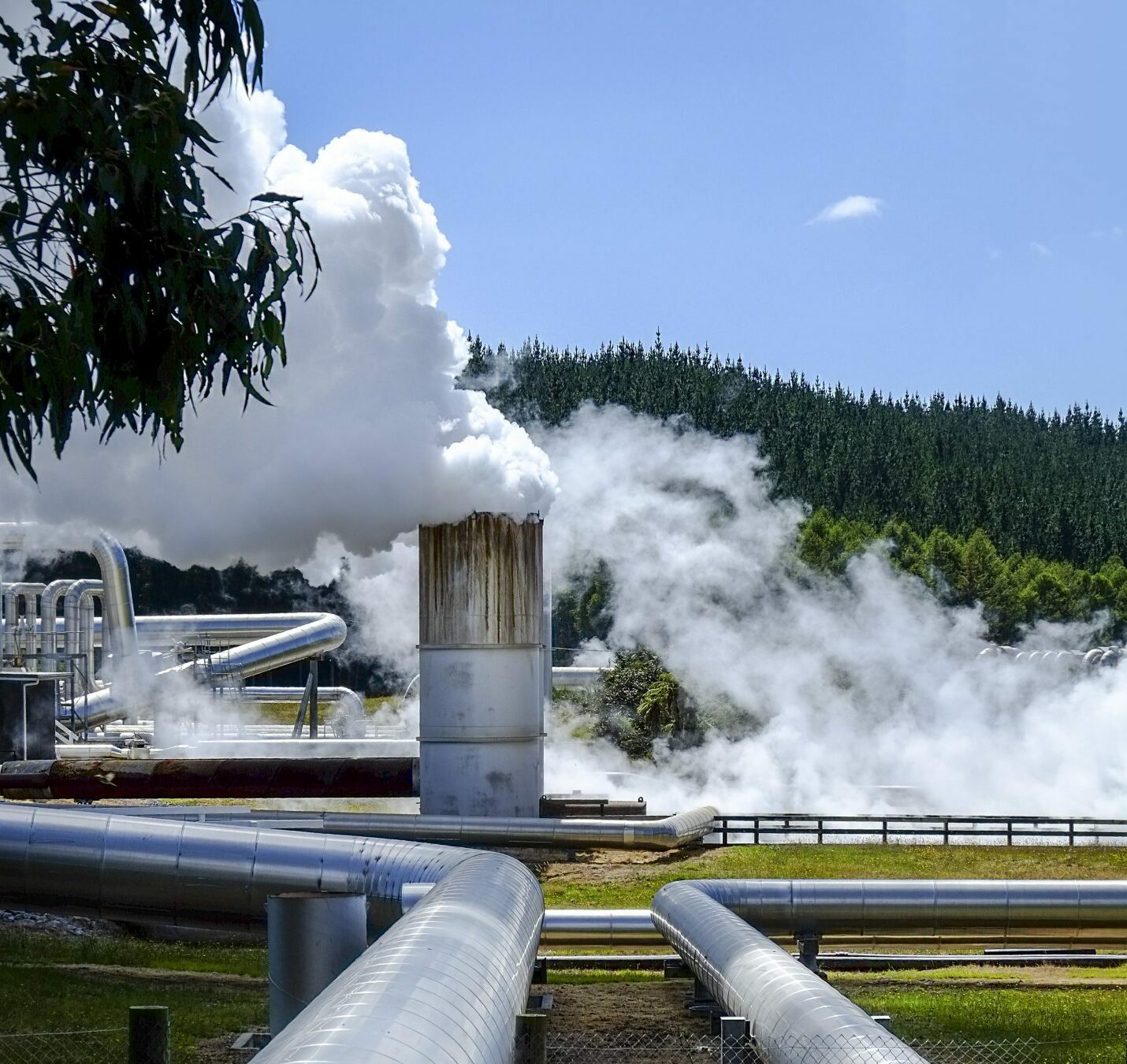 © Supplied by Expro
© Supplied by Expro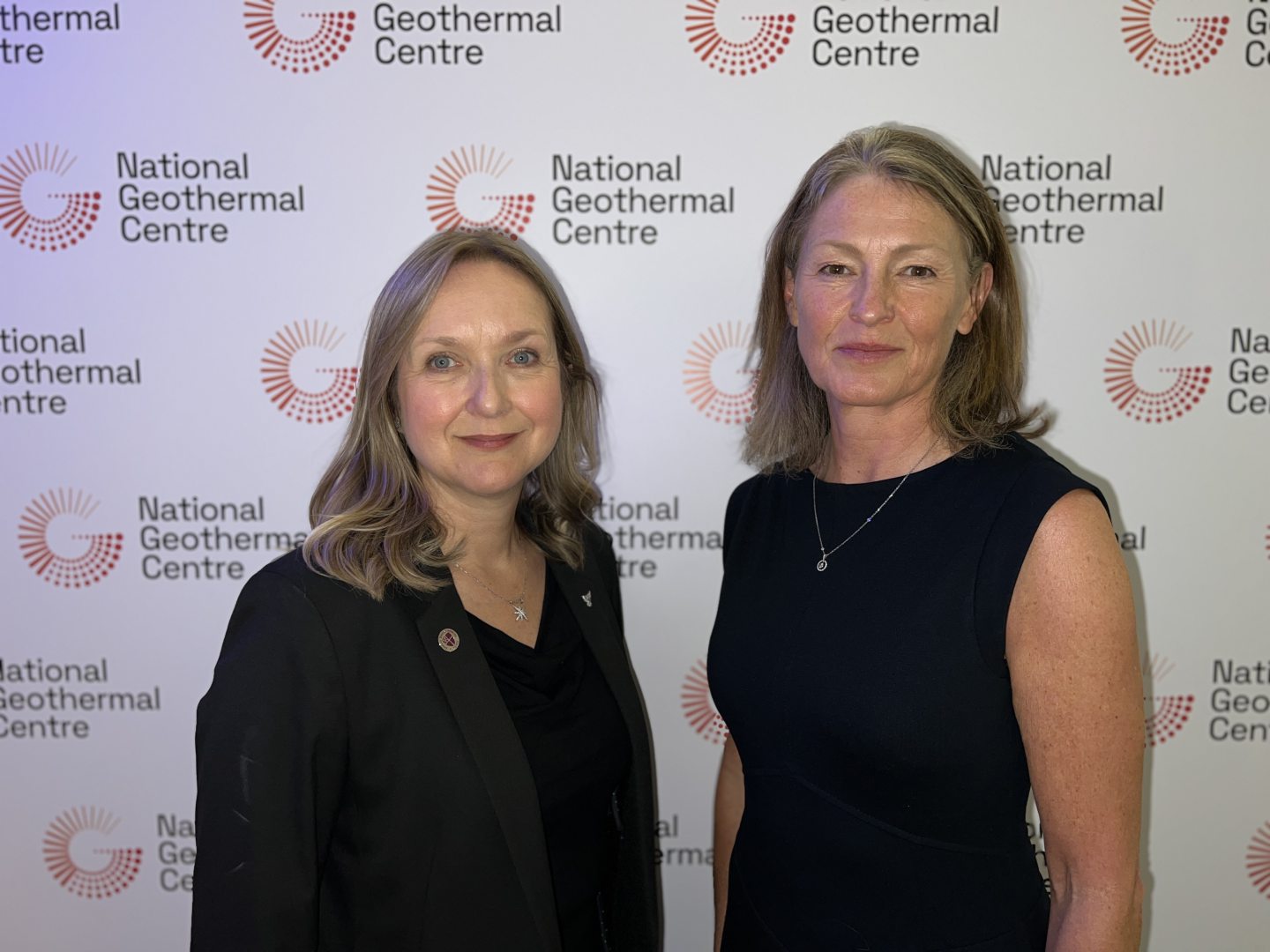 © Supplied by NZTC
© Supplied by NZTC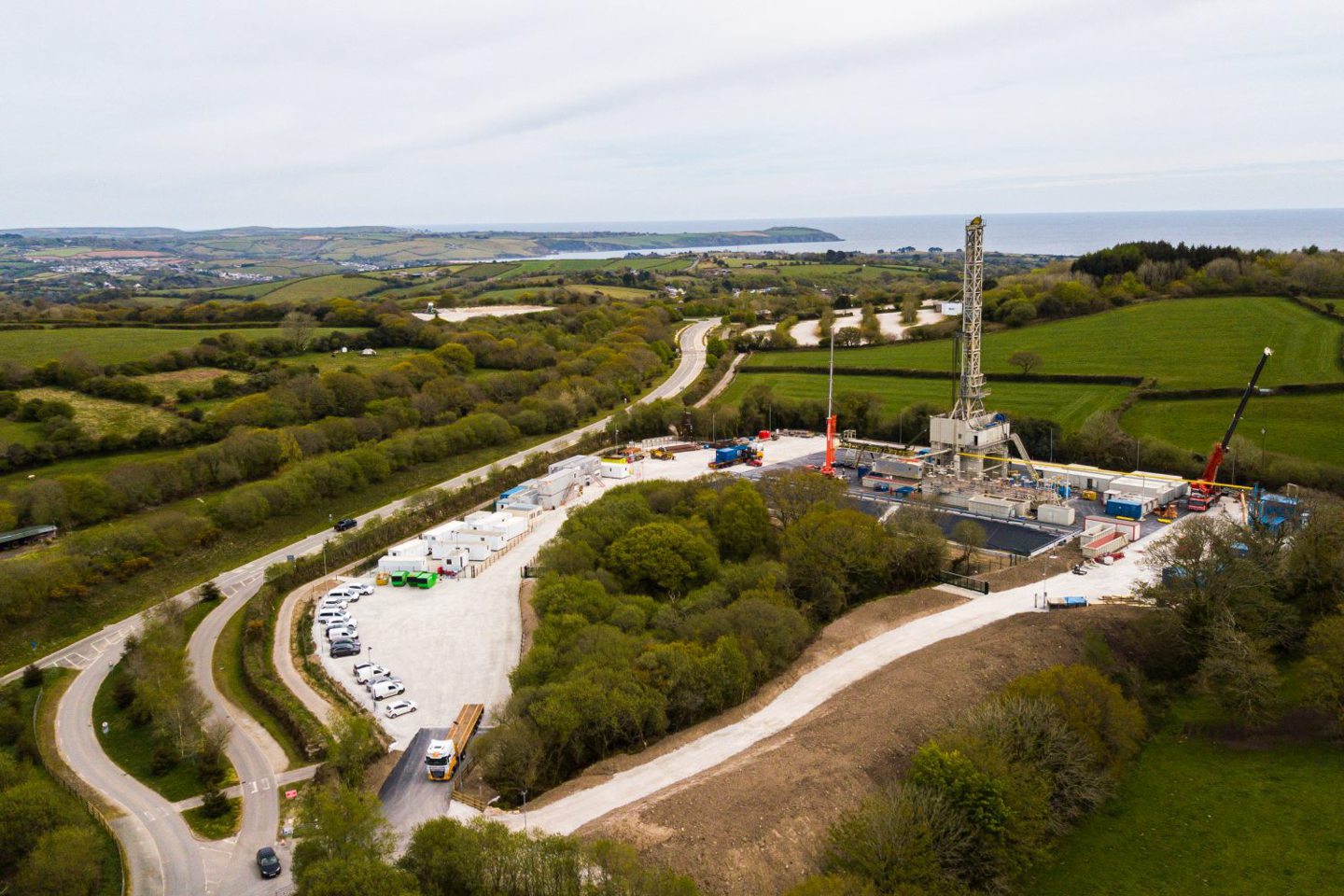 © Image: Eden Geothermal
© Image: Eden Geothermal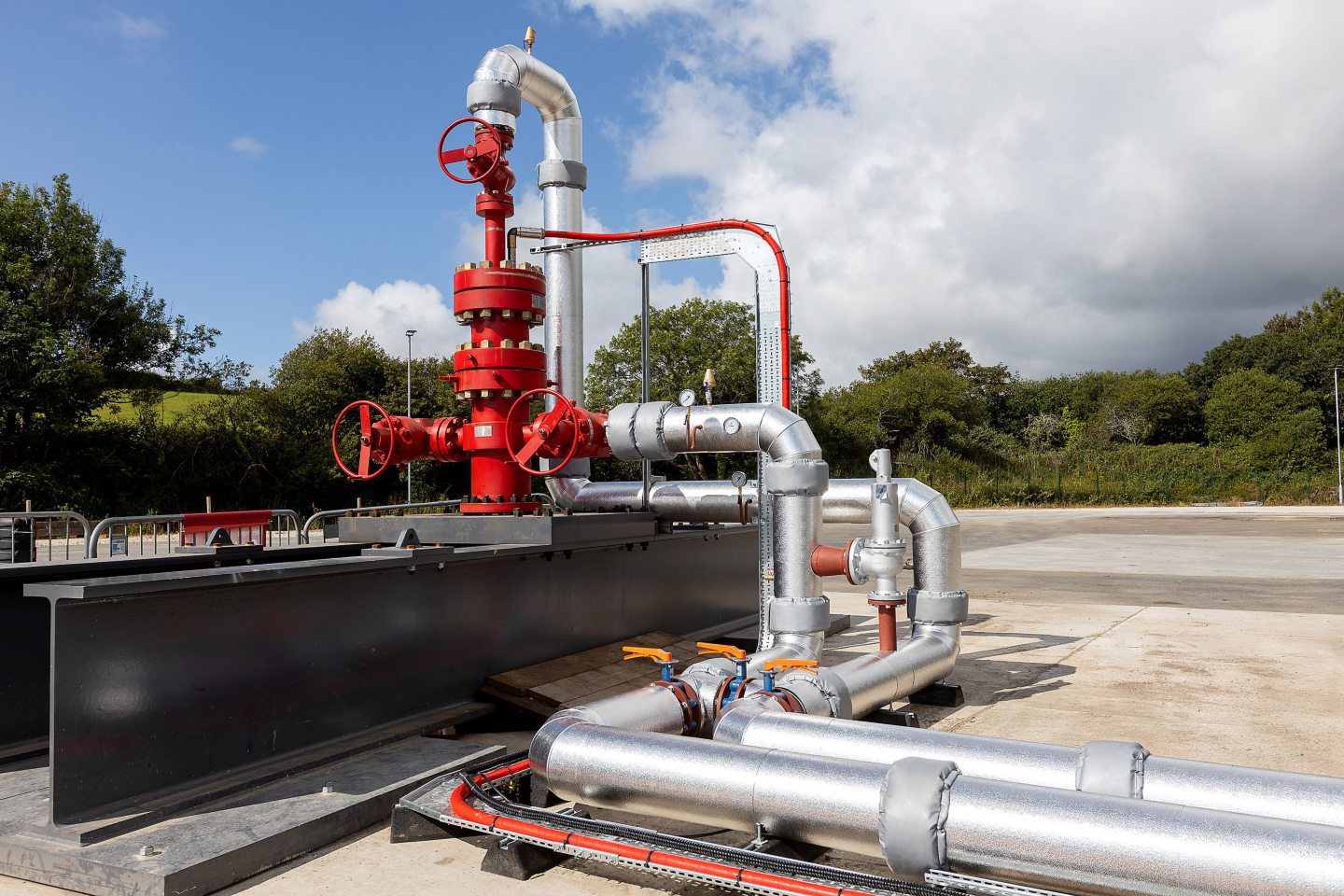 © Supplied by Eden Geothermal
© Supplied by Eden Geothermal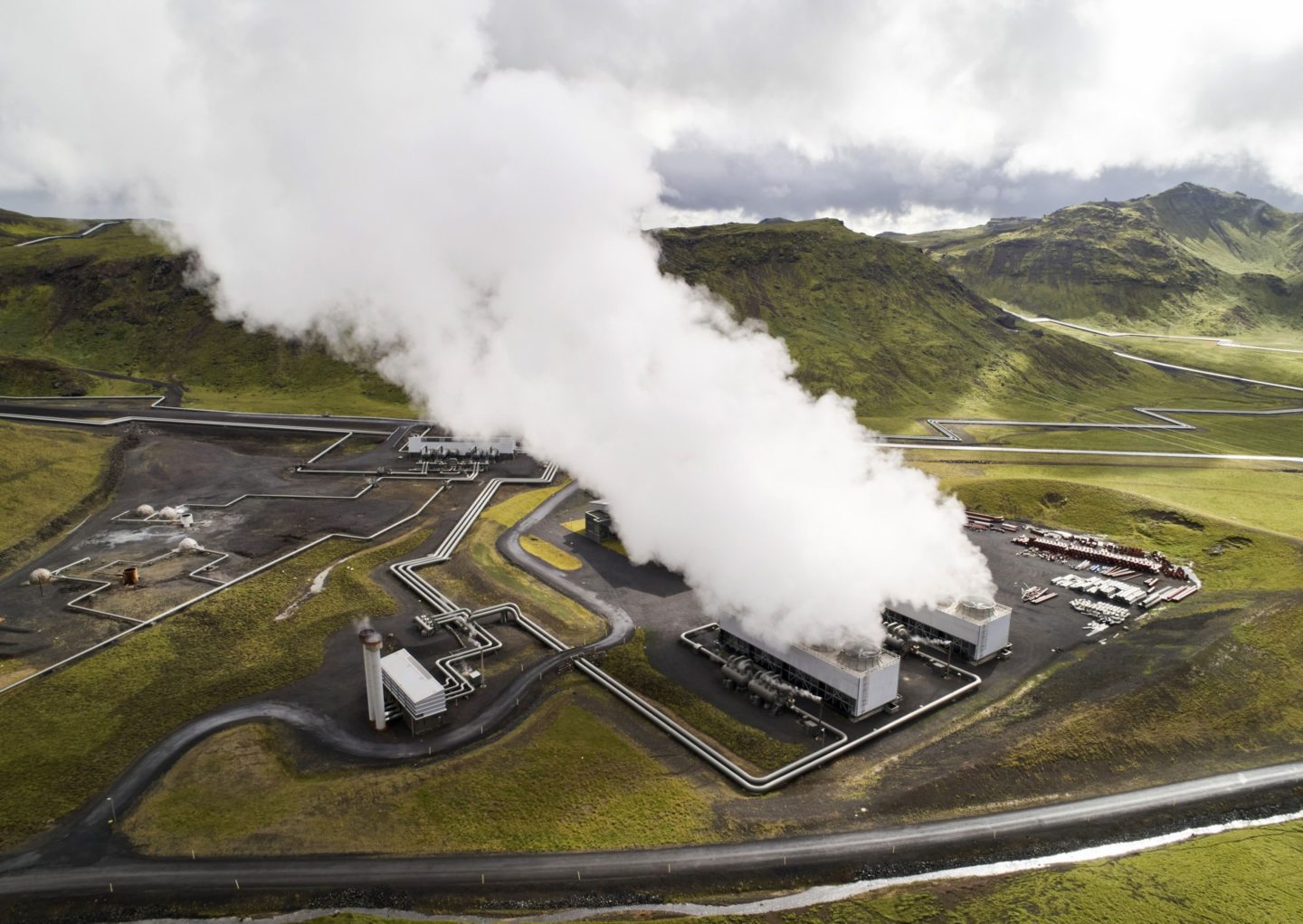 © Bloomberg
© Bloomberg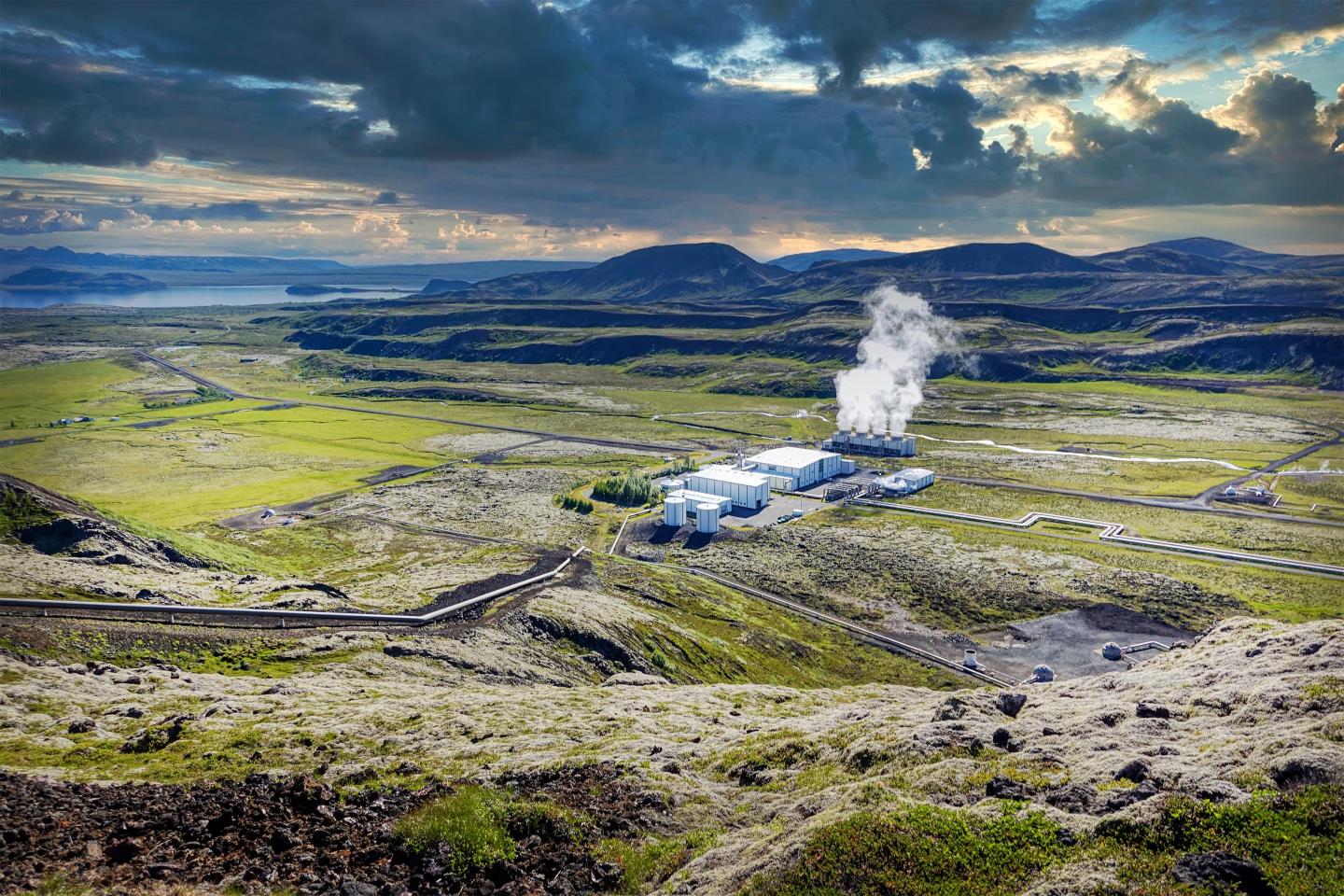 © Shutterstock / silky
© Shutterstock / silky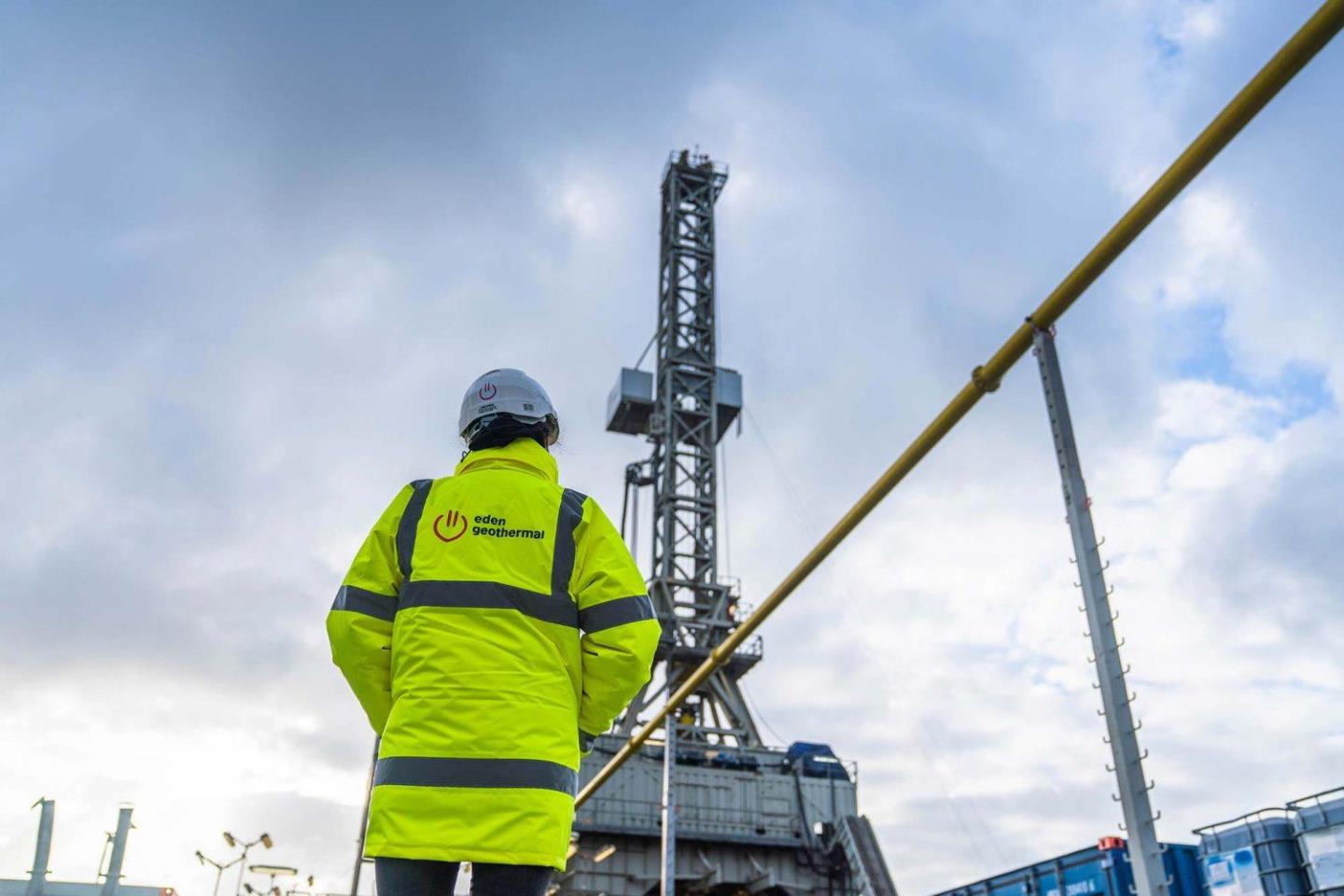 © Image: Eden Project
© Image: Eden Project © Image: Michael Hunter/TownRock Energy
© Image: Michael Hunter/TownRock Energy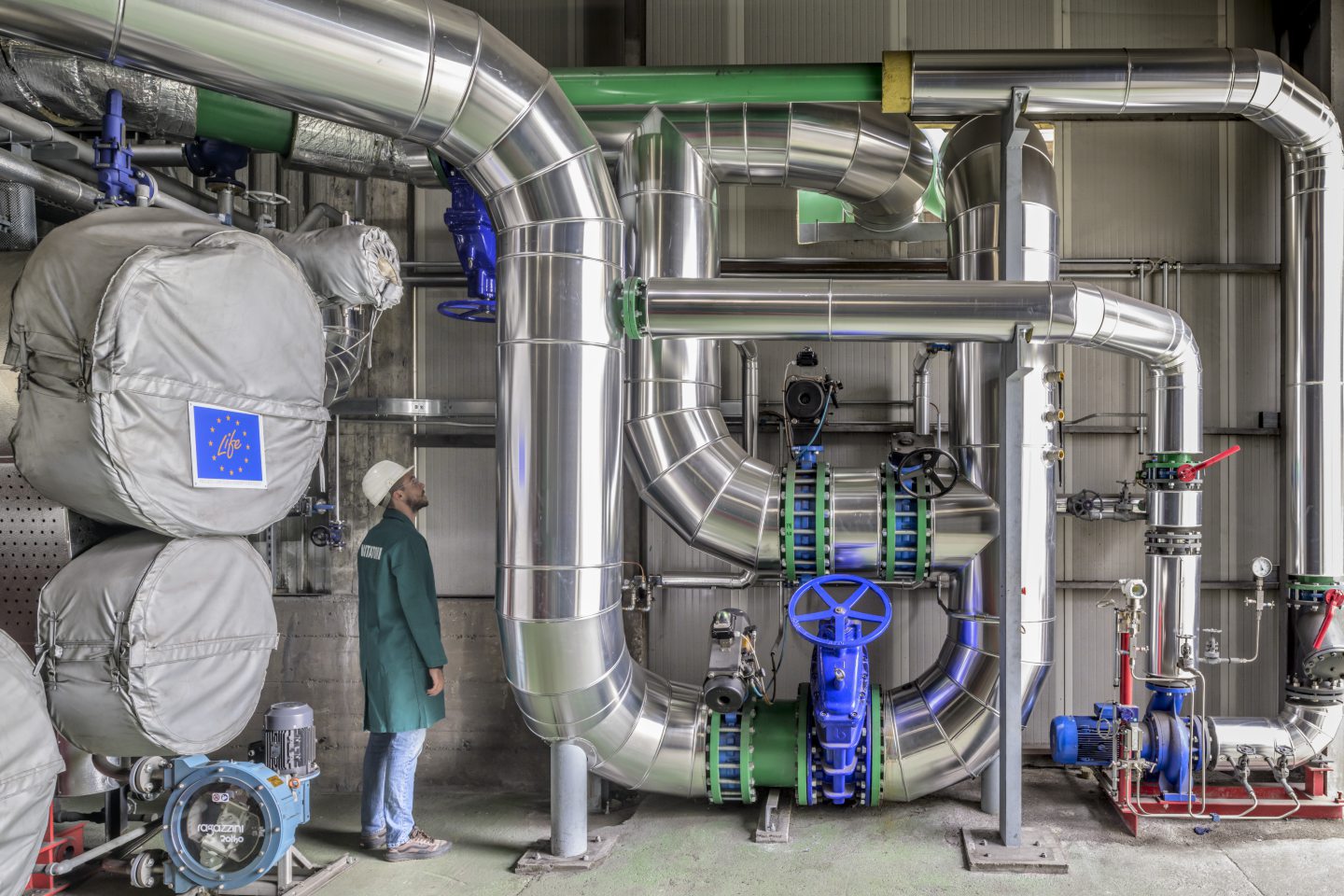 © Image: Turboden
© Image: Turboden